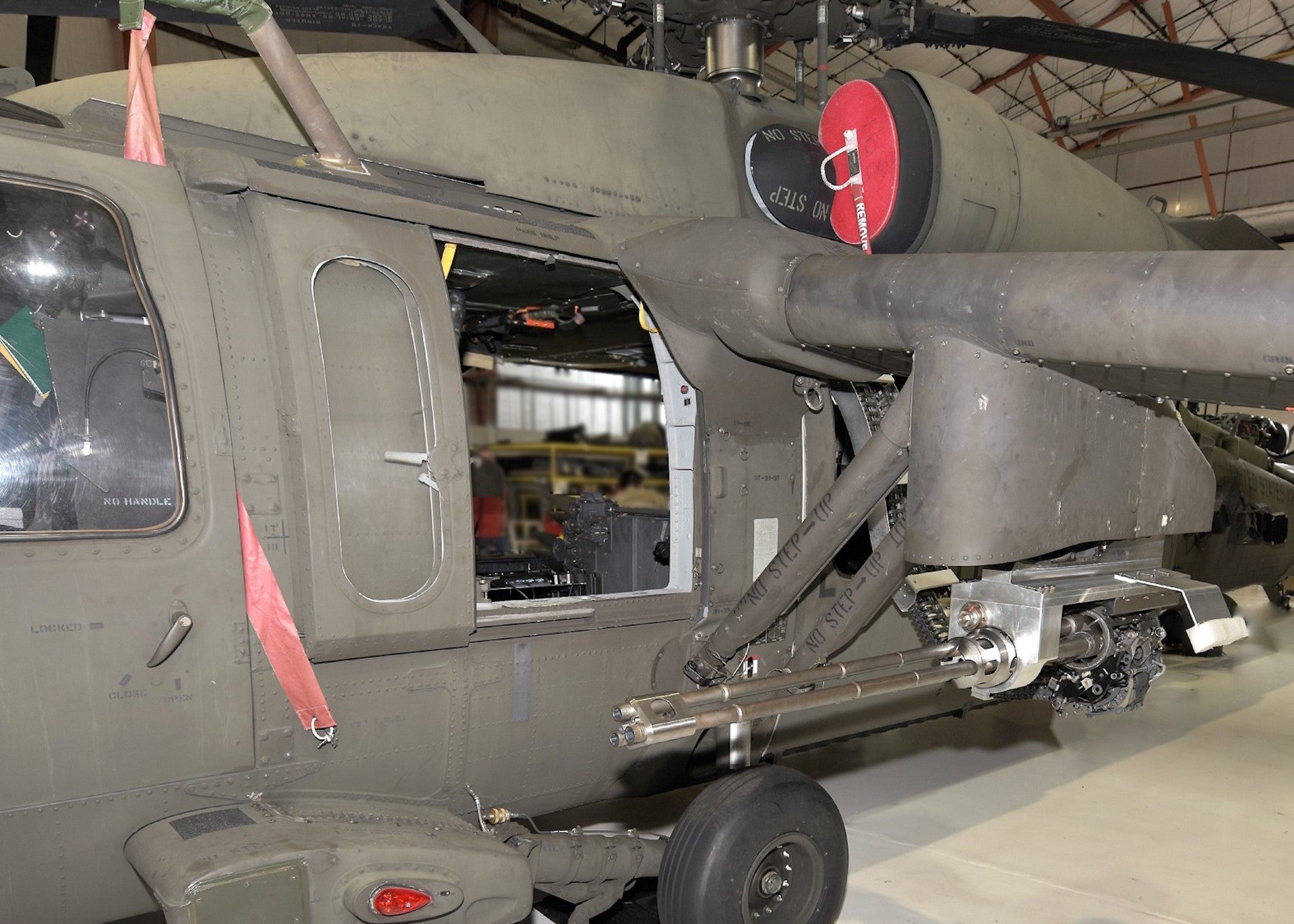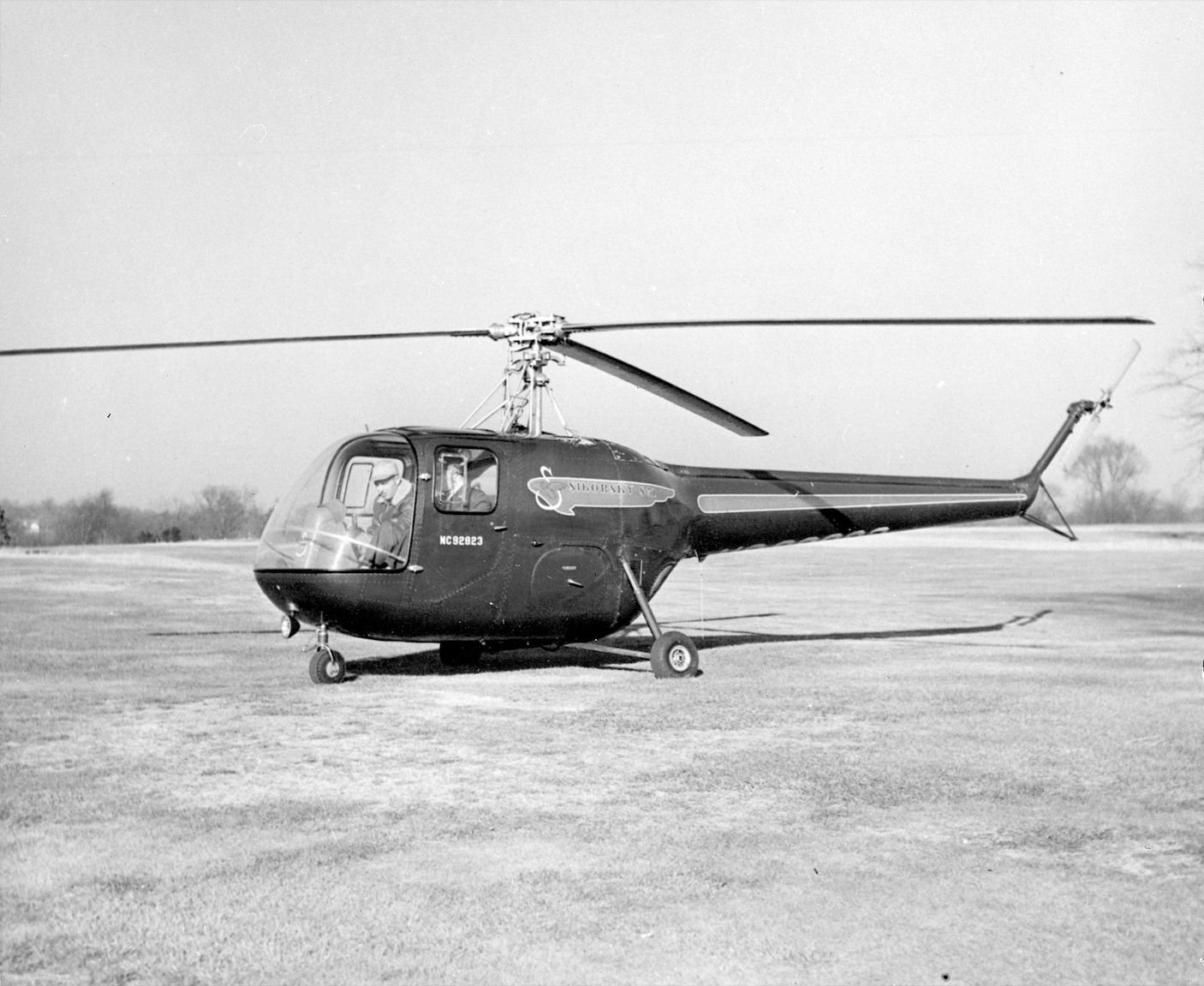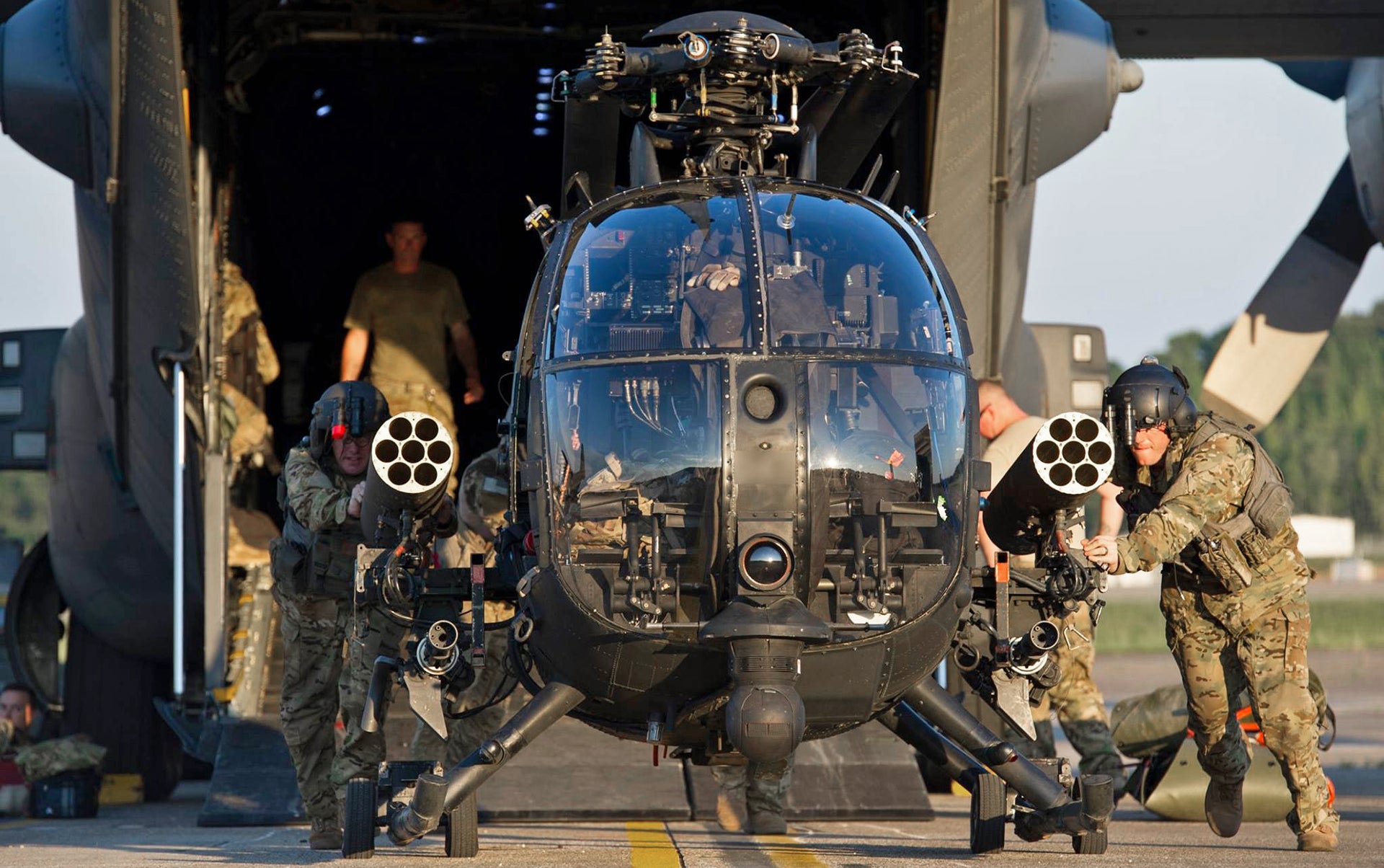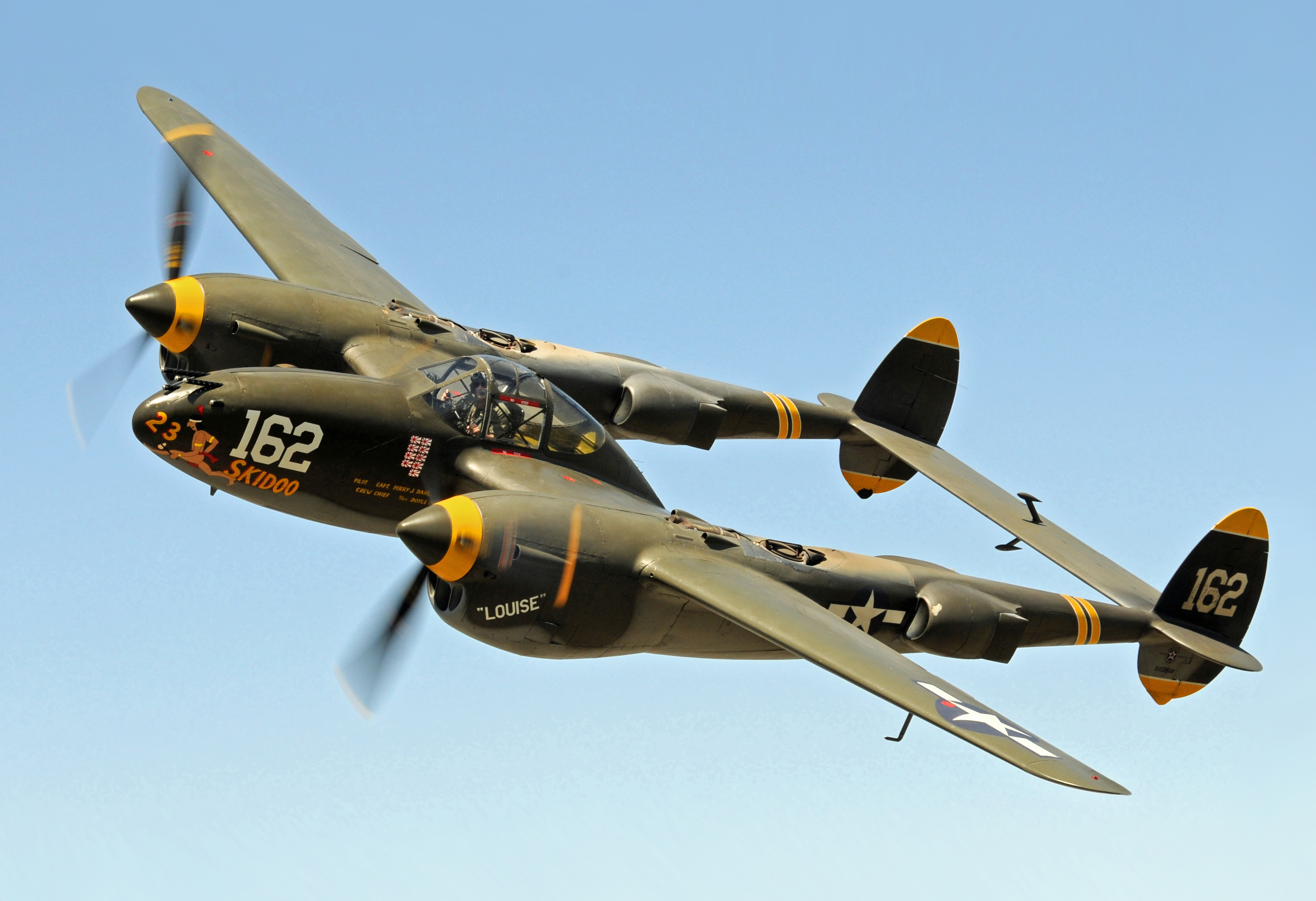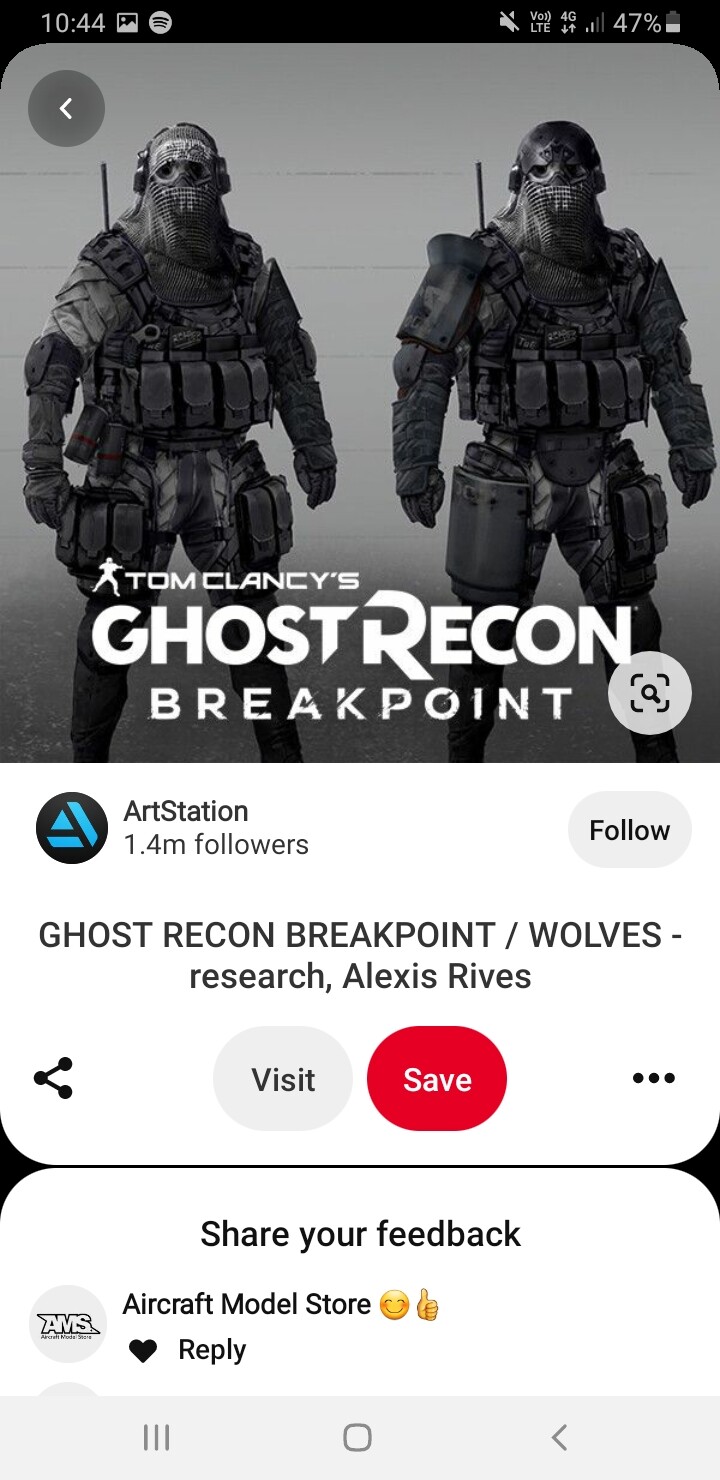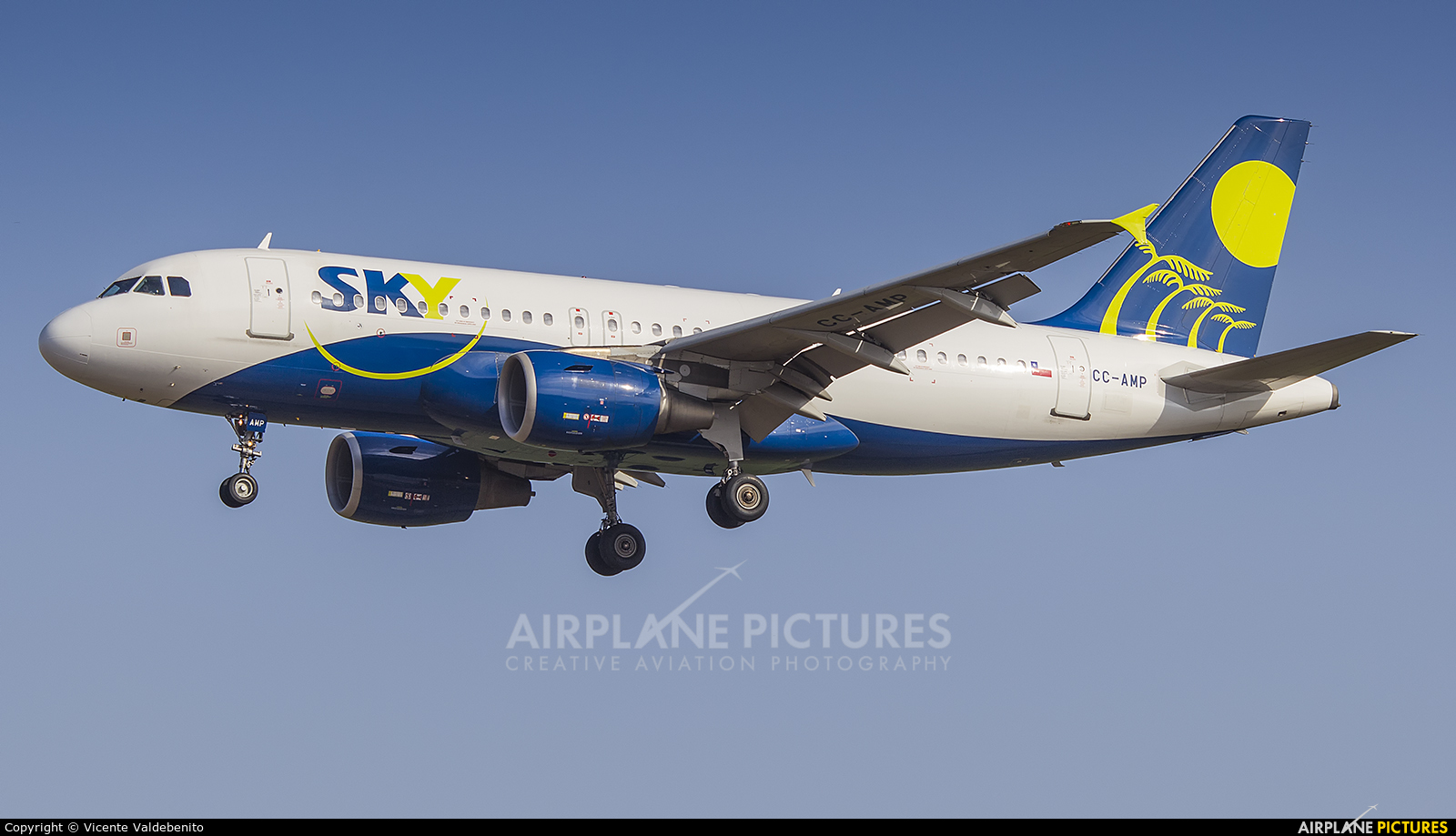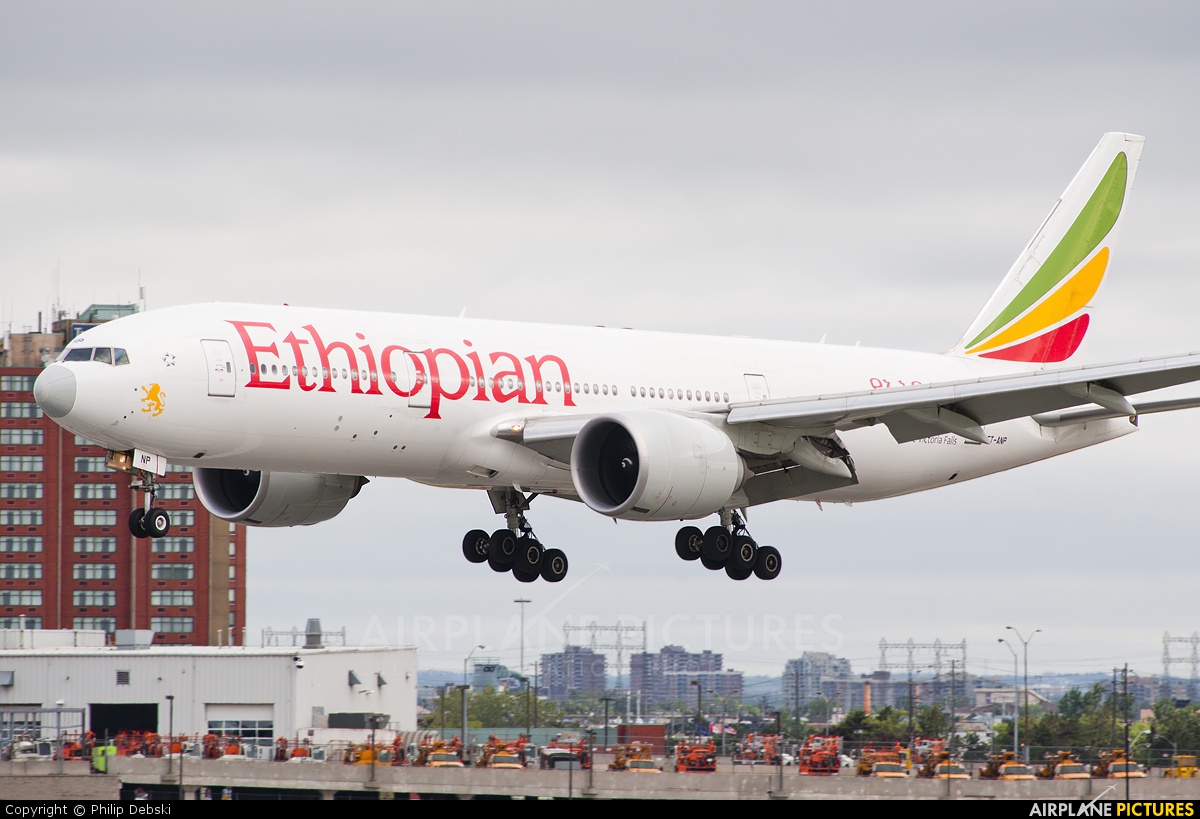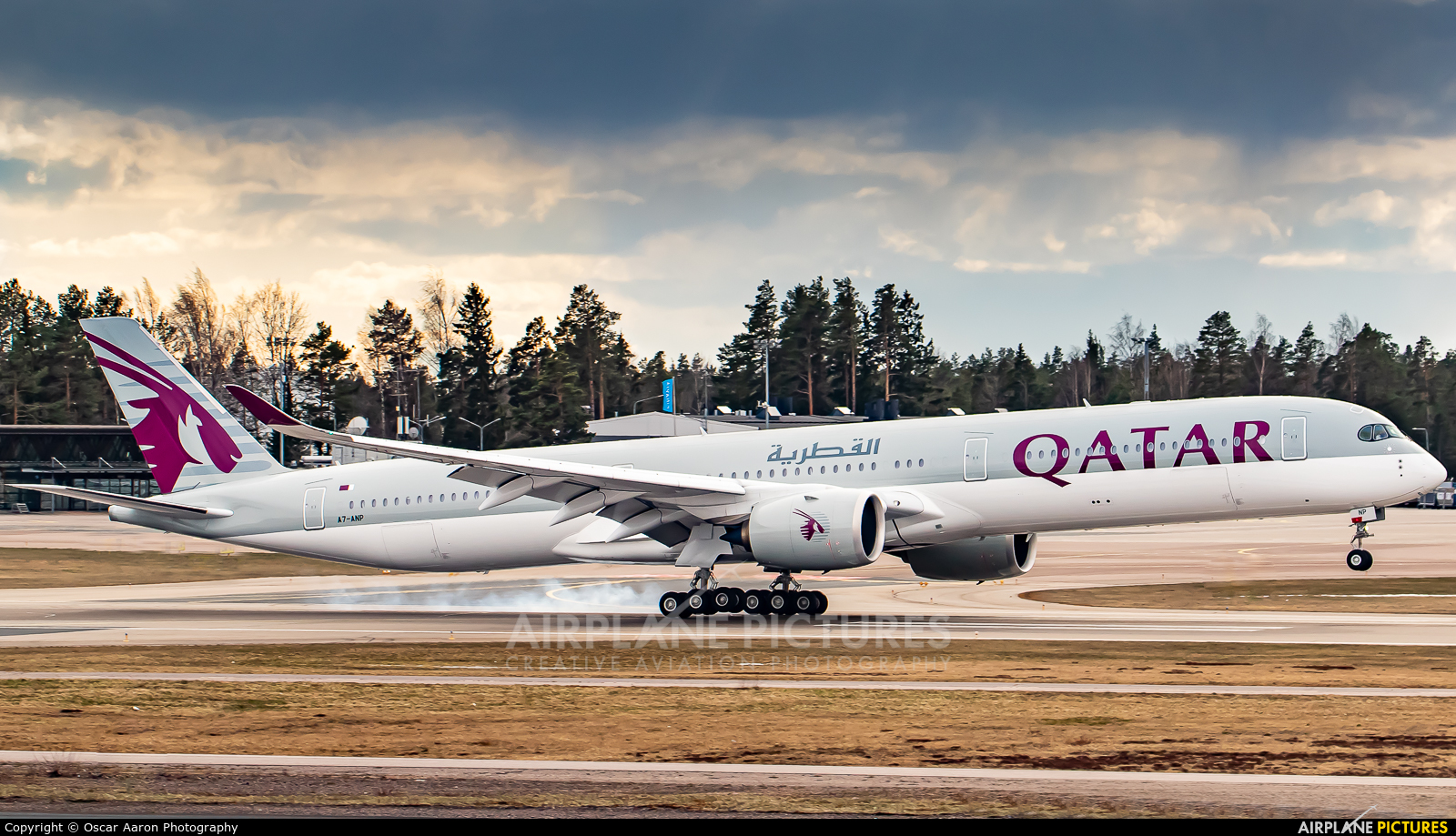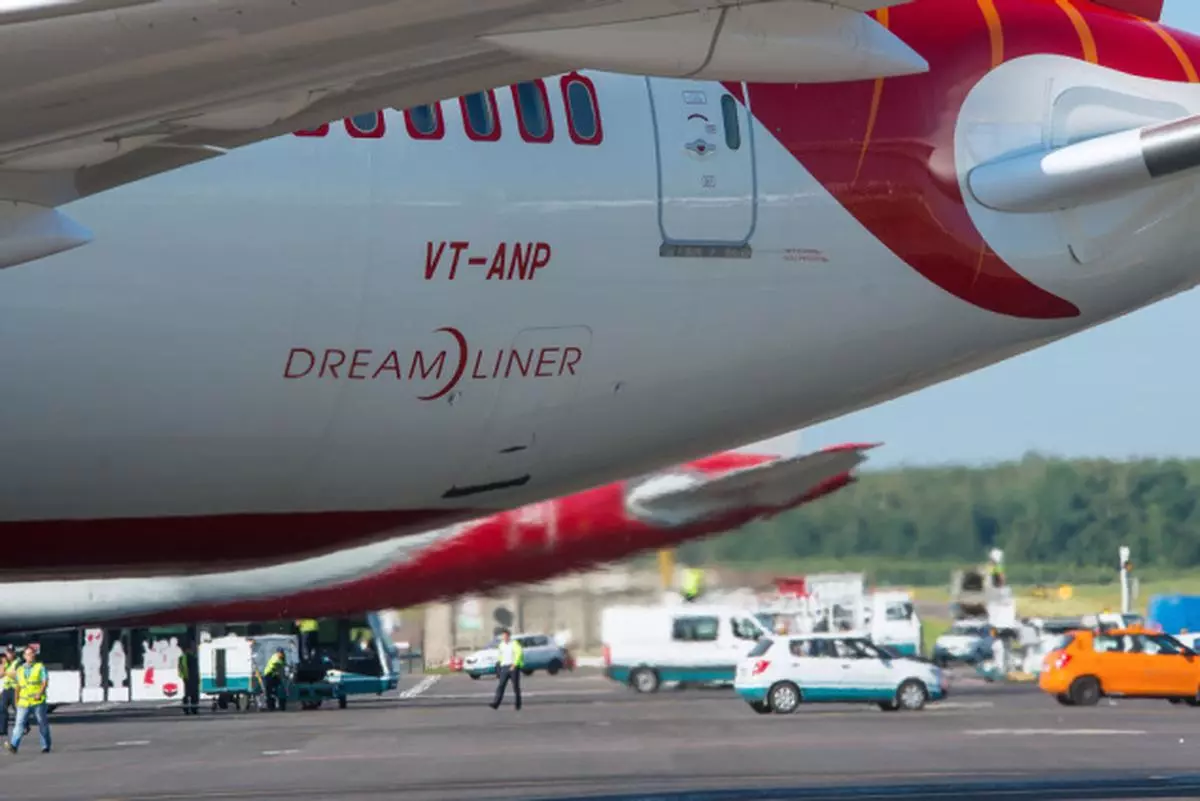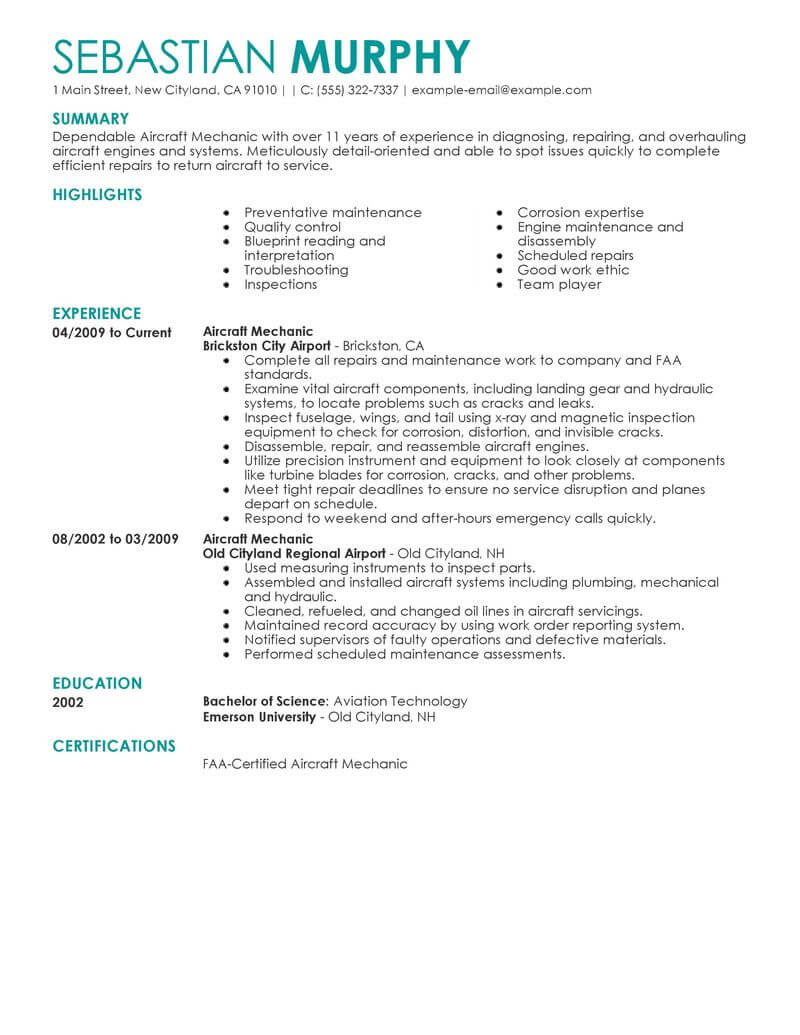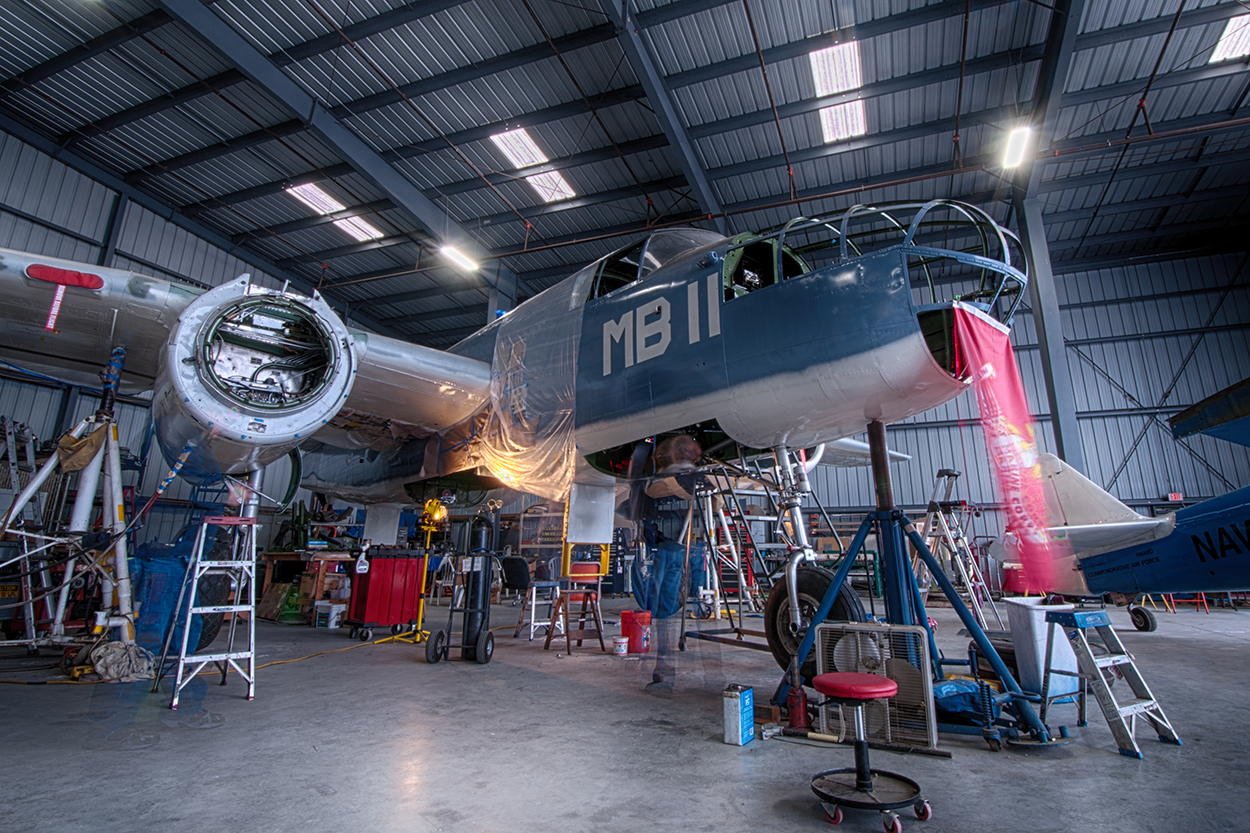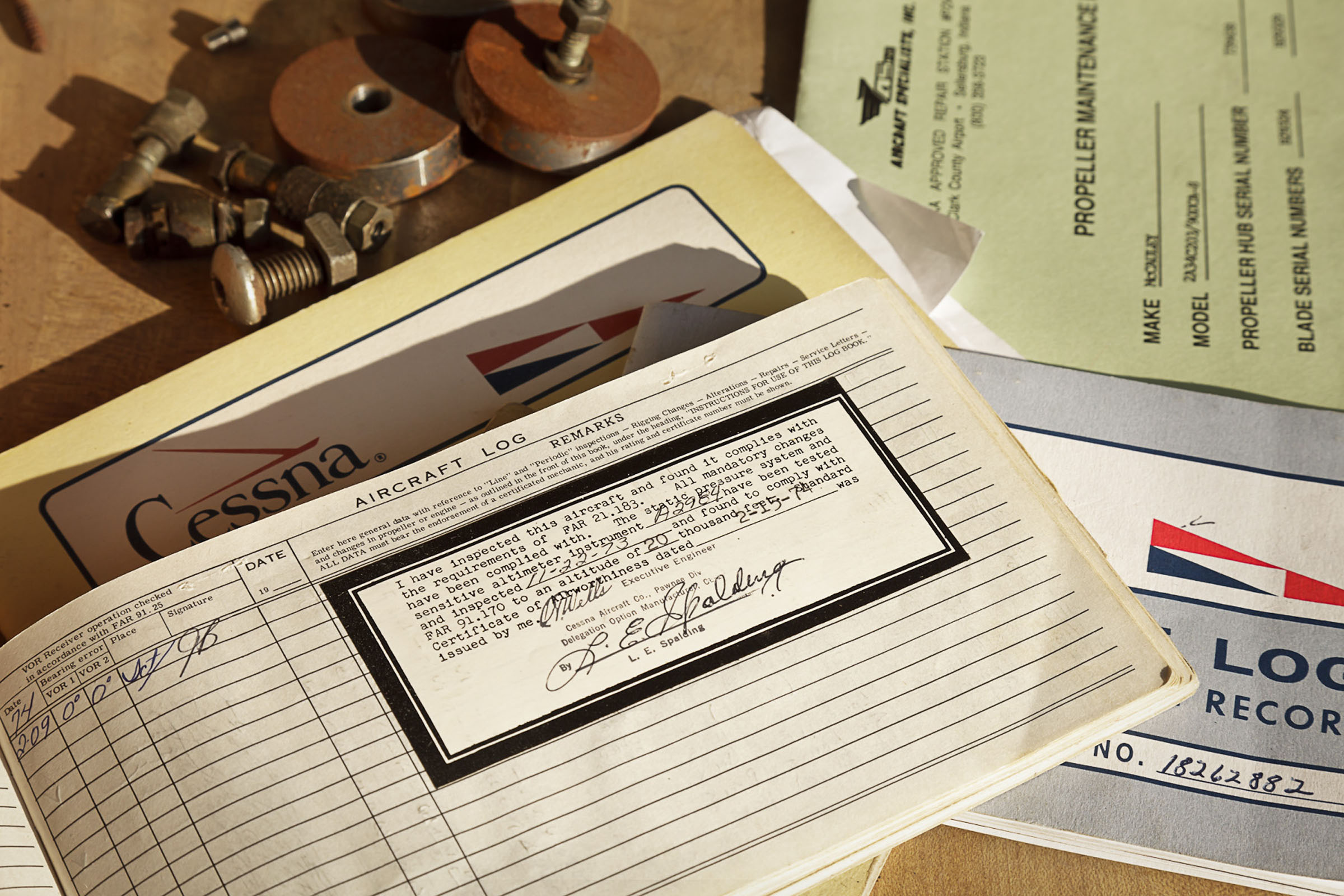Angel Aircraft - Jim Smith had significant technical roles in the development of the UK's leading military aviation programs from ASRAAM and Nimrod, to the JSF and Eurofighter Typhoon. He was also Britain's technical liaison to the British Embassy in Washington, covering several projects including the Advanced Tactical Fighter contest.
His latest book is available here. We asked him if the Angel Interceptor from the much loved 1960s children's puppet TV show Capatin Scarlet would have worked in real life. Even were a 'magic' fuel to be available - stated to be 'coboltide', it seems implausible that the stated 50+ mile per gallon fuel consumption could be achieved, particularly at high speed.
Angel Aircraft

SR-71 data suggests that at Mach 3, that aircraft consumes 27 lb (say 3.35 imp gal) of fuel per mile. The Angel Interceptor is assuming more than 150 times the fuel efficiency of the SR-71. I appreciate this review, thanks to Jim Smith for his input.
The Hush-Kit Book Of Warplanes Will Feature The Finest Cuts From This Site Along With Exclusive New Articles Explosive Photography And Gorgeous Bespoke Illustrations Pre-Order The Hush-Kit Book Of Warplanes Here
Yeah, I've been a big Captain Scarlet fan for yonks, but I'm no aircraft engineer. I was just searching for comments on whether the Angel Interceptor as designed could actually fly. The fact that it could (even though the range, top speed, etc., are way out of the ball park), is awesome.
There are so many geeks on this planet, some of whom have a lot of money, maybe we'll see a real one arriving at a show one day 🙂 The Angel Interceptor is supposed to use long-range radar-guided air-to-air missiles as a primary weapon, and also to have a gun, or a directed energy weapon.
No issues in principle with the choice of weapons, except to note that the physical space available for a radar to detect and track targets is entirely inadequate, and the extremely finely tapered nose has a shape which would not provide a suitable radome either.
The propulsion system description is sketchy, but, if considered as two military jet engines feeding a single afterburner might be workable. The alternative approach of switching from gas turbine thrust to ramjet thrust is another possibility, but the internal layout is not set up for that approach.
Among other details, we are told that the weight is 40,000 lb, span 35 ft and length 60 ft. Fuel volume is stated to be 500 gallons, and assuming these are Imperial gallons, this would translate to about 4000 lb fuel weight.
The aircraft range is stated to be 25,675 miles, and maximum speed is said to be Mach 3.9. Ceiling is quoted as a surprisingly low 40,000 ft, which makes no sense, considering this is the height quoted for its operating base.
The Angel Aircraft Corporation Model 44 Angel is a twin-engine STOL utility aircraft produced in the United States since the mid-1990s. Designed by Carl Mortenson and The King's Engineering Fellowship to be well-suited for missionary work from remote locations around the world, it is a low-wing cantilever monoplane with a retractable tricycle undercarriage and eight seats.
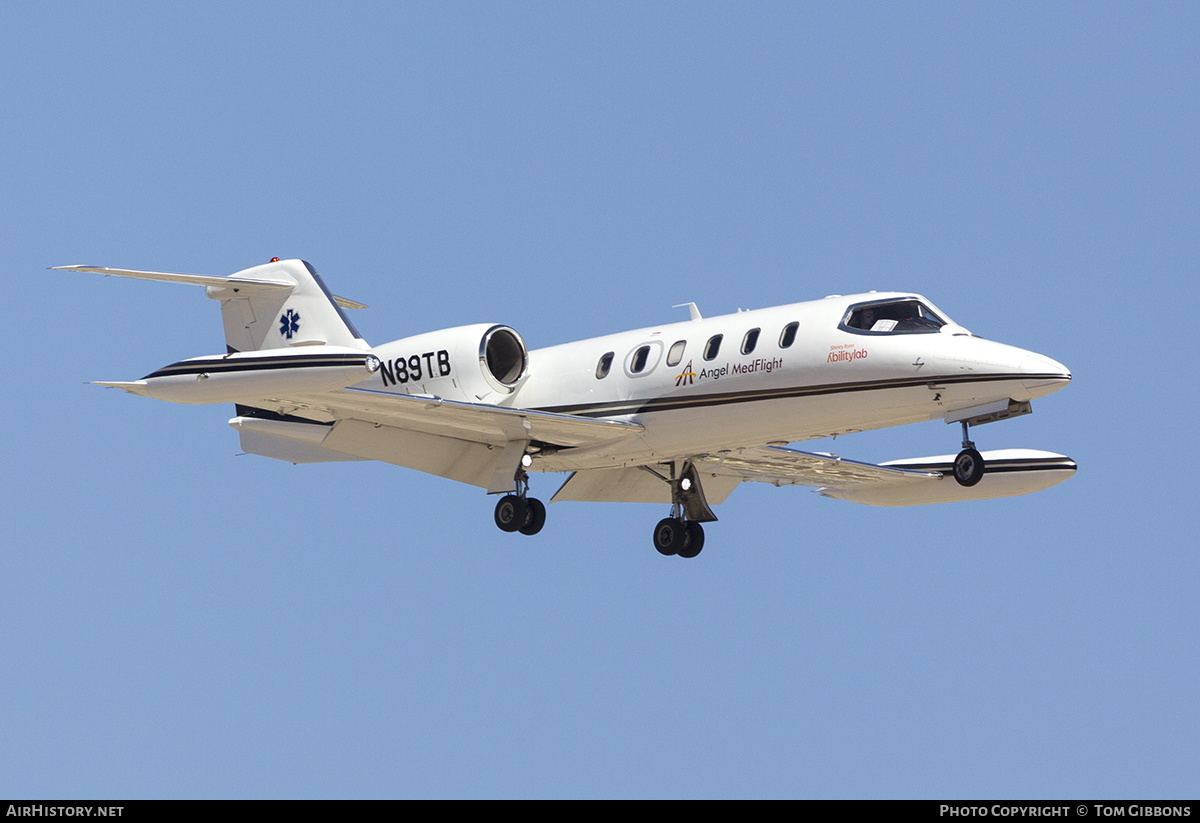
The design is largely conventional, with the exception that the engine nacelles are mounted on top of the wings in a pusher configuration. Construction is aluminum throughout the airframe. The undercarriage of the Angel Interceptor is located in pods on the tips of the sharply down-swept wings.
Although one is tempted to wonder whether this is all done for visual effect, and whether a conventional retractable undercarriage would be a lower drag solution, the down-swept wings might actually be useful. Now, it might be argued that there is some magic in the unusual turbo-compressor/ramjet propulsion system, resulting in very high thrust and low fuel consumption.
The closest aircraft in terms of performance to the claims of the Angel would be the SR-71, which uses a variable-cycle turbine engine that has been described as operating like a ramjet at high speed. The overall length of the SR-71 engine, intake and nozzle system is about 45 ft, which is somewhat longer than the engine installation on the Angel.
The thrust of each engine is 32,500 lb with afterburning, and the unrefuelled range of the SR-71 is stated to be 2982 miles at Mach 3. To achieve this requires 'more than 80000 lb' of fuel (Janes all the Worlds Aircraft 1974-
5). From this, we can only describe the stated range performance of the Angel as unachievable. Looking at one of the relevant episodes, it is apparent that while Coudbase does have engines for changing its location, it does not appear to be in motion during the landing sequence.
Operating from a static Cloudbase simply makes no sense, because you won't be able to land back on board. A conventional carrier landing from an approach speed of 200 kt+ is not going to work. The alternative of pitching up to 30 deg to land on a ramp at 100 kt will not work either.
There are two aspects to the business behind The Angel: First, The Kings Engineering Fellowship (TKEF) was formed to design and develop the aircraft. It was created as a non-profit organization and, through donations, was able to raise funds for the research and development of the aircraft.
Since certification of the Angel in 1992, TKEF has continued to make design improvements to the aircraft, and continues to rely on tax-deductible, donated support. If Cloudbase were moving at 100 kt or so during the landing sequence, then a conventional carrier landing using arrester wires would be possible, and would be a more flexible and less dangerous solution than the inclined ramp.
It would, however, require a very different undercarriage arrangement. The Angel, a graceful sleek pusher aircraft with fully retractable landing gear and seating for eight offers comfort and ease of handling plus a high load capacity, while providing the peace
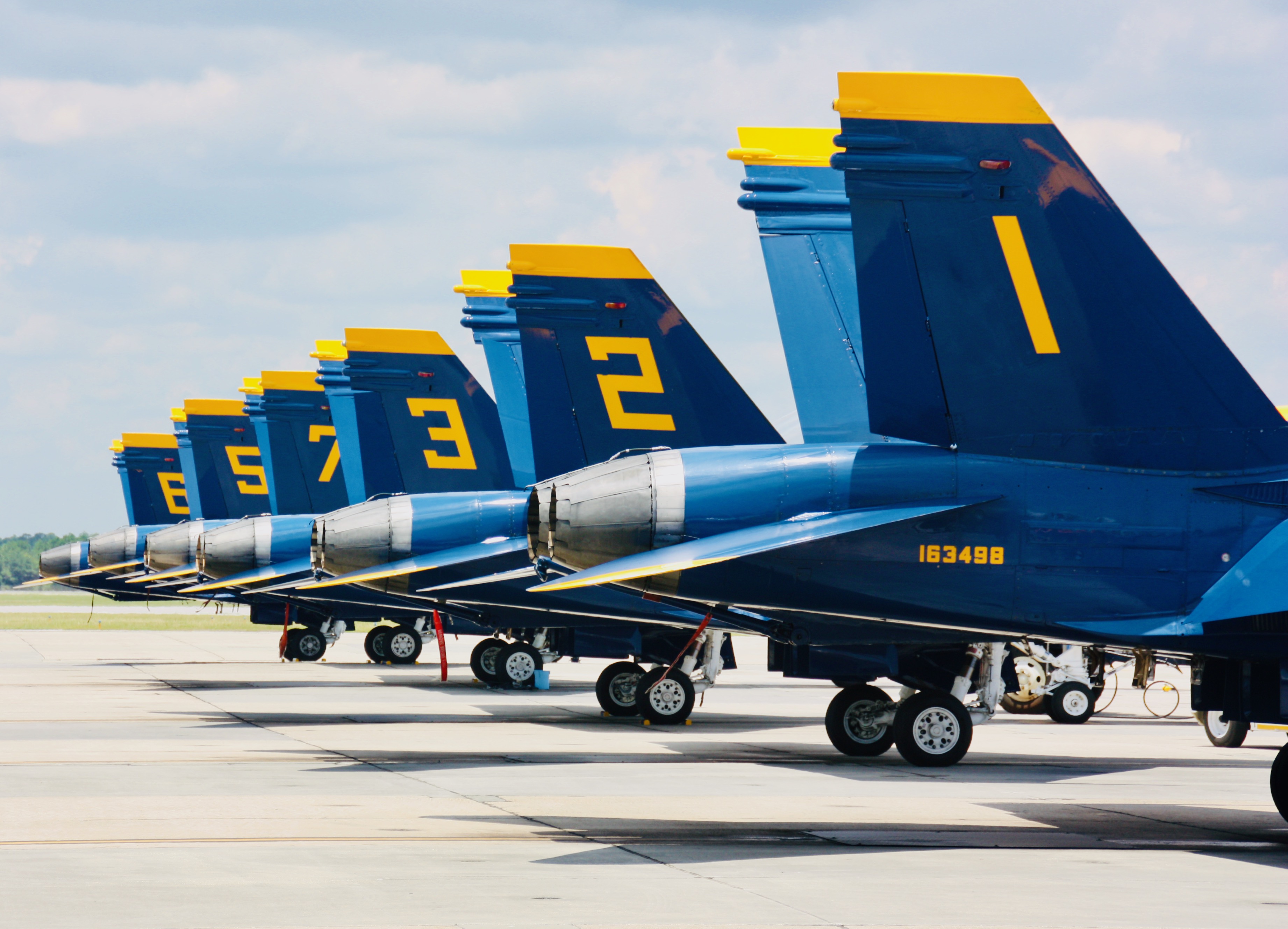
of mind of a twin-engine, STOL-capable airplane. With easy seat removal, the Angel can economically carry one or two medical stretcher patients and one or two paramedics. The landing is not vertical, but instead is as a pull up to a stalling attitude, with forward momentum taking the aircraft on to land on an inclined ramp.
While it might be possible to maintain controlled flight in a high-powered jet aircraft with a high nose-up angle – this is, after all, a party piece at many airshows – we should not forget that those are at low altitude, not the
40000 ft of the Cloudbase. Although sin separates people from God, Jesus Christ paid the penalty we are due by His death on the cross. Anyone may receive forgiveness by acknowledging Jesus as their Savior - and thereby begin a growing, never-ending friendship with God.
For a more detailed explanation of God's loving plan of salvation, please visit www.greatcom.org/laws/. Angel Aircraft Corporation will gladly talk to you about this - give us a call, send an email, or just drop in and visit sometime (see Contacts).
From this useful equation, and making a few assumptions about weight, wing area and CLmax, we find that in level flight, at sea level, and assuming a landing weight of 35000 lbs, and a CLmax of 1.8, we get
The Angel Interceptor is a three-surface configuration with a small forward canard, cranked delta wing with turned-down wing tips, and a large tailplane with turned-up tips. Although appearing to be a single-engine aircraft, it has a propulsion system described as "twin turbojet compressors serving the rear-mounted ramjet".
There are some technical issues with this description, but for the moment we'll assume that we effectively have twin turbofan engines, effectively feeding a common afterburner unit. The F-22, of course, has twin turbofan engines (or given the by-pass ratio of 0.45, these could perhaps be better described as 'leaky turbojets') each with its own afterburner and thrust vectoring nozzle.
Design work began at the home of designer Carl Mortenson in 1972, with work on the prototype beginning in 1977, also from the designer's home. In 1980 the project was moved to the municipal airport in Orange City, Iowa.
The first flight took place on 13 January 1984, and FAA type certification was achieved on 20 October 1992. Angel Aircraft Corporation manufactures the aircraft under a license agreement with The King's Engineering Fellowship. Many, many others have given money, prayed, donated time and talent to the Angel project.

They have helped with flying, maintenance, production, management, computer support, engineering, facility maintenance, legalities, publicity, book keeping, and many more things. Carl and his wife, Alice, are extremely grateful to the Lord for His provision and to so many willing helpers over the years.
The King's Engineering Fellowship (TKEF) designed the Angel especially to be suitable for missionary use from short, rough airstrips. Angel Aircraft Corporation (ACC) is licensed to manufacture and market Angels to anyone, however, and pays TKEF a fair market engineering royalty fee on each Angel it sells.
Angel Aircraft Corporation is currently building Angels to fill customer orders. I think we need to remember that the Angel Interceptor IS a work of science fiction, and judgments against its claimed performance characteristics need to be seen in that light.
It's fair to point out that the claimed performance is unachievable in reality, and I enjoyed reading the analysis of WHY, but turns of phrase such as "open to ridicule" really are not, in my opinion, appropriate in this context.
A lighter solution would surely be to run up steps to enter the cockpit in the normal way, but this would have to take place on the maintenance deck, which would greatly increase the time taken to launch the aircraft.
Four aircraft were placed between 1984 and 2008, but Hubei Taihang Xinghe Aircraft Manufacturing of China acquired a production license in 2013. The first Chinese example was substantially completed in May 2016 before the Hubei local government financed a manufacturing plant.[1]
The Model 44 was approved on 17 July 2015 by the Chinese National Civil Aviation Administration. [2] The aircraft is depicted in the show as using a catapult-assisted take-off, and this seems to be a reasonable approach, given it is supposed to be operating from a 'base' maintained at 40,000 ft altitude.
Cutaway drawings show no means of achieving thrust-assisted flight, let alone either STO or a vertical landing. There is a useful amount of information available on the Angel Interceptor, which is helpful, even though much of it is in old-fashioned colonial units.
Noting this, rather than making my comparisons with the Typhoon, I'll use the F-22 as a comparator. Where Vstall is in knots, weight is in pounds, sigma is the ratio of the air density to the density at sea level, and the wing area is in square feet.

(Aerodynamics for Naval aviators). CLmax is the maximum lift coefficient. From this very quick and limited comparison we can observe some obvious problems. The Angel is, in a very broad sense, comparable with the F-22, having similar operational empty weight of around 35,000 lb, and broadly similar size, although the different planform of the F-22 has greater span.
Given this rather broad resemblance, we can see that both the quoted range and the maximum speed of the Angel interceptor look utterly implausible. The pilot is 'loaded' into the aircraft from below, pre-connected to her seat, with a transparent shield arrangement presumably ensuring protection from the low temperature and low-pressure environment at 40,000 ft.
The seat arrangement is ejected upwards in the event of an emergency. Perhaps a lost opportunity to feature a downward ejector seat, as used on the Vultee XP-54 'Swoose Goose', which also used this cockpit access method.
Dan Hunt is a co-founder of the Angel project. Carl and Dan have known each other since their days at Moody Bible Institute in the 50s. Dan was President and General Manager of Evangel Aircraft in 1973-74, and his leadership, funding, engineering, drawing skills and friendship helped make the Angel possible.
He was particularly active in the wing design. Dan is now retired, but continues to serve on the AAC board of directors. The Angel provides the safety and speed of a high performance twin, with the ability to use the short rough
airstrips that typically only a single engine aircraft can safely navigate. The Angel's metal construction is simple, reliable and readily repairable. Made to take the punishment associated with STOL operations, The Angel comes equipped with large, low-pressure main tires
for soft ground and rugged main gear that can take a beating. The cabin has been designed and tested for overturn loads, the engine mounts designed to contain the engines for loads up to 20g's, and the seats crash-tested to absorb energy and
restrain occupants to 26g's. Coupling between the lateral (roll) and directional (yaw) dynamic behavior can be problematic in relatively slender aircraft at high speed and high altitude. Otherwise known as 'inertia coupling', managing this behavior requires careful attention to lateral and directional stability, and additional fin area below the axis of the aircraft, or reducing the dihedral effect of the wing has been found to be helpful.
So, the down-swept wing tips, used to carry the undercarriage pods, are likely also to be useful in managing 'inertia coupling'. One thing the extremely tapered nose would be good for is in reducing wave drag.

The pointed nose acts as an Aerospike, forcing the conical shockwave from its tip forward, and largely keeping it from intersecting other aircraft components, at least up to approximately Mach 2.0. Aerospikes are not often used, but an example can be seen on the nose of the Trident nuclear missile.
The Angel Aircraft Corporation (AAC) was started by Carl Mortenson, a pilot and aircraft mechanic with many years of aviation experience. Carl served with a mission aviation organization (JAARS) as a bush pilot/mechanic in South America.
During this time, he was involved with many aircraft rebuilds, and he designed his first aircraft, the Evangel, for use in South America. He realized that there was a need for STOL aircraft and that there was a limited number from which to choose.
Most of the STOL aircraft were single-engine planes that were slow and unable to carry large loads. This prompted Carl to endeavor to design an aircraft that could not only get into short rough airstrips, but that could also carry a good load and have the speed and safety of a high performance twin.
Judged as a system with the full claimed capabilities – hopeless. Basing at 40000 ft simply makes landing arrangements implausible, The claims for range, and the use of the exotic 'coboltide' fuel, leave the design open to ridicule, as does the claim to be able to fly at Mach 3.9, and to have any
kind of STOVL capability. I don't recall exactly which year Captain Scarlet takes place in – I think it's somewhere in the 2100's? I'm guessing the 'designers' looked at everything that had happened in aviation between, let's say, 1945 and when the show was made, and (unwisely, I agree) extrapolated the sorts of performance advances that might be possible by then.
We really can't blame them for where they chose to go on that. Besides, when you're designing for a sci-fi show which is pitched to excite the admiration of schoolboys (plus a small proportion of what H.G. Wells once called “that more intelligent sort of girl that likes boys' games and books”),
cool looks and good paper stats are what matter. Reality is obliged to take something of a back-seat under those circumstances.
angel aircraft corporation, angel aircraft for sale, angel twin aircraft, angel plane, angel 44 aircraft, angel aircraft corp, aac angel, blue angels aircraft
